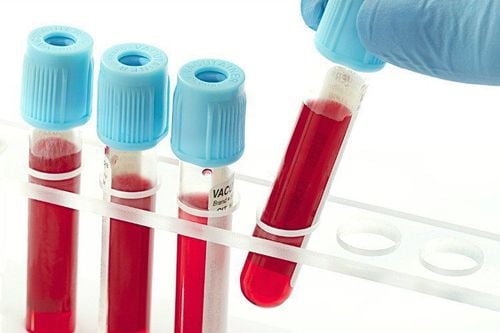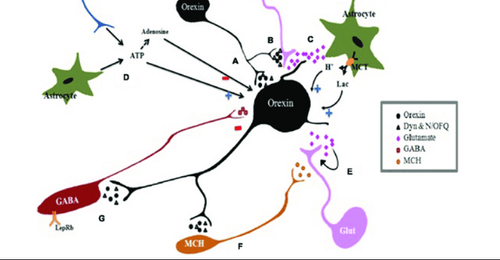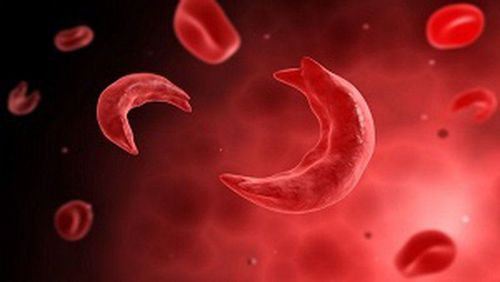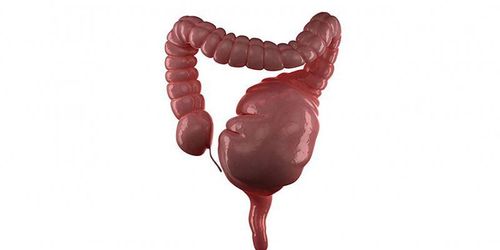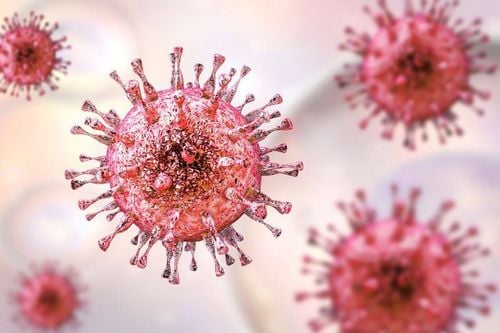This is an automatically translated article.
The human body is made up of trillions of cells, each with its own structure and function. Scientists have come a long way in estimating the number of cells in the average human body. Most recent estimates put the number of cells at around 30 trillion.
1. How many different types of cells are there in the human body?
There are about 200 different types of cells in the human body. Some types of cells most people know about are:
Red blood cells ; muscle cells; Skin cells ; Neuron; Fat cells. Humans are complex, multicellular creatures. The cells inside the body have a "specialized" structure. This means that each type of cell performs a specific and unique function. For this reason, each of the 200 different cell types in the body has a different structure, size, shape, and function and contains different organelles.
Example:
Cells in the brain can be shaped longer so that they can transmit signals more efficiently. The cells of the heart have more mitochondria because they need more energy. The cells in the respiratory system are responsible for absorbing oxygen and releasing carbon dioxide. All cells work together to keep the human body functioning efficiently.
2. How many cells does the human body have?
Humans are made up of trillions of cells, each with its own structure and function. Scientists have come a long way in estimating the number of cells in the average human body. Most recent estimates put the number of cells at around 30 trillion.
This is, of course, an approximate estimate. Counting human cells is extremely complex. It is not as simple as figuring out the size or weight of a single cell and making an estimate based on the volume of the human body.
Each of the 200 different types of cells in the human body has a different weight and size. In the body, some cells are denser in size, while others are larger in size.
All these cells work in harmony to perform all the basic functions necessary for humans to survive. But it's not just the human cells inside your body. Scientists estimate the number of bacterial cells in the human body may exceed the number of human cells.
Most cell types are constantly dying and new cells are being created at the same time. On top of that, the actual cell count will vary from person to person, depending on their age, height, weight, health, and environmental factors.
The best we can do is find an estimate based on the average person. A recent study used a man between 20 and 30 years old, 70kg (154 pounds) and 170cm (5 feet, 7 inches) tall as a reference.
In the study, the researchers looked at each cell type and used a variety of individual methods to estimate the number of each. They used the most up-to-date information available to compile a detailed list of cell mass and density in every organ of the body. When they estimated all the different tissue types, they added them all together. The number they reached was 30 trillion.
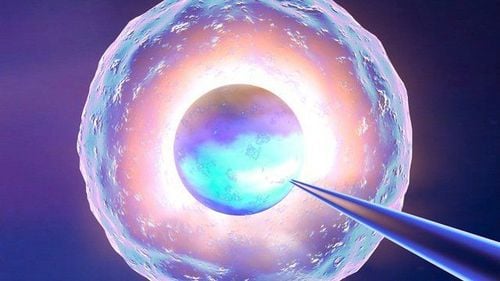
Con người được tạo thành từ hàng nghìn tỷ tế bào, mỗi tế bào có cấu trúc và chức năng riêng
3. How many bacterial cells are there in the human body?
You may have read that there are about 10 times more bacterial cells in the human body than human cells. The main source for that ratio dates back to the 1970s, when American microbiologists used a series of assumptions to calculate the number of bacteria inside the intestinal tract.
The 10:1 ratio has since been disproved. New data shows that the number of bacterial cells inside the human body is about 38 trillion. This turns out to be much closer to the estimated 30 trillion human cells in the body.
So even though there are more bacterial cells than human cells in your body at any given time, the difference isn't as huge as people previously thought.
4. How many blood cells are there in the human body?
There are 3 types of blood cells: red blood cells, white blood cells, and platelets. Red blood cells (RBCs) are by far the most abundant cell type in the human body, accounting for more than 80% of all cells. The average adult has about 25 trillion red blood cells in the body. Women typically have fewer red blood cells than men, while people living at high altitudes tend to have more of them.
Based on recent calculations there are also about 147 million platelets and 45 million other lymphocytes (a type of white blood cell) in the body.
5. How many cells are there in the human brain?
According to recent research, there are an average of 171 billion cells in the male brain, including about 86 billion neurons. Nerve cells are cells that help transmit signals throughout the brain. There are also 85 billion other cells in the brain, called glial cells, which help support the functioning of nerve cells.
6. How many cells does the human body produce daily?
It is difficult to accurately measure the number of cells your body makes every day. The lifespans of each of the 200 cell types vary significantly, so not all cell types are created at the same rate.
We can look at each cell type, like looking at the number of red blood cells produced each day, because red blood cells are the most abundant cell type in the body. Red blood cells live for about 120 days, at which point they are eliminated from the circulatory system by macrophages in the spleen and liver. At the same time, specialized stem cells are replacing dead red blood cells at a comparable rate.
The average body makes about 2 to 3 million red blood cells per second, or about 173 to 259 billion red blood cells per day.
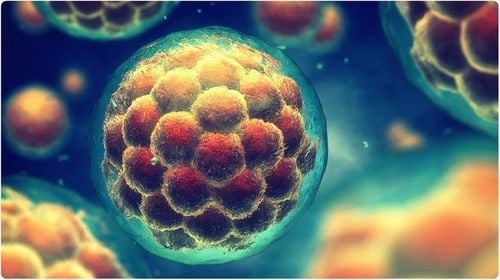
Rất khó để đo lường chính xác số lượng tế bào mà cơ thể bạn tạo ra hàng ngày
7. How many cells in the human body die every day?
Most, but not all, cells in the body will eventually die and need to be replaced. Fortunately, a healthy human body is capable of maintaining the correct balance between the number of cells produced and the number of cells that die. For example, when the body produces between 173 and 259 billion red blood cells per day, the same number of dying red blood cells is observed.
It is difficult to find out exactly how many cells in the human body die every day. Cells are not created equal, at the end of their life cycle they will die.
For example, white blood cells only live about 13 days, while red blood cells live about 120 days. On the other hand, liver cells can live up to 18 months. Brain cells will last throughout a person's life.
Using more sophisticated methods than before, the new study estimates that there are about 30 trillion cells in the average human. Red blood cells make up the majority of these cells. Of course, human cells are not the only cells in our bodies. New research has also found that there are about 38 trillion bacteria in the average human body. This brings the total to more than 68 trillion cells in the human body.
Please dial HOTLINE for more information or register for an appointment HERE. Download MyVinmec app to make appointments faster and to manage your bookings easily.
Reference source: healthline.com



